Moving from traditional JRPG to action and MMOs, the Final Fantasy fanbase has seen it all and ate good for many years. While five through 10 remain the golden era for Final Fantasy, there’s still discourse on what’s the best and worst adventure from this franchise powerhouse.
This list has looked over the mainline Final Fantasy games without bias. In an attempt to be as objective as possible, we’ve ranked the 16 mainline games based on their storytelling, worldbuilding, characters, and combat. Here is our ranking of all Final Fantasy games, from strongest to weakest.
Final Fantasy: All games, ranked
16) Final Fantasy XV
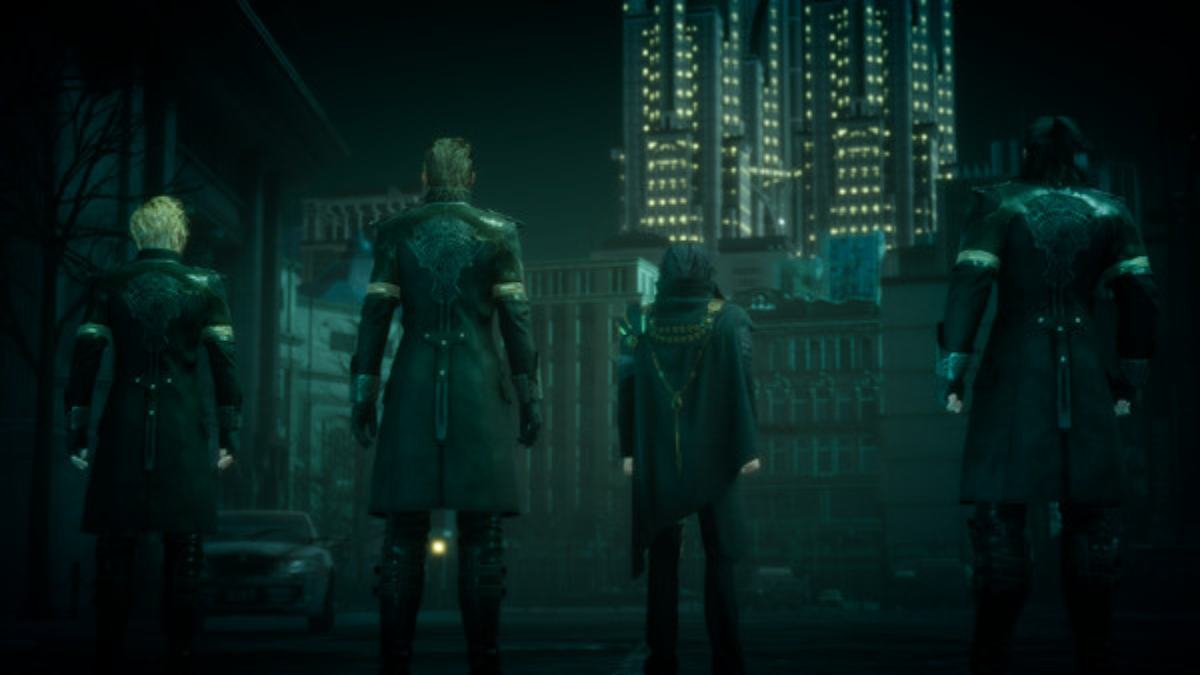
Release date: Nov. 29, 2016
FFXV is the fantastical version of Red Dead Redemption with seemingly endless exploration opportunity, but driving around everywhere was a strange choice for the franchise. Its combat feels far from Final Fantasy‘s roots, but it’s memorable for the cast’s impeccable chemistry, making them charismatic and realistic (in fights and out).
Unlike other mainline entries, FFXV has a forgettable soundtrack that’s bordering on criminal for a franchise that masterfully crafts beautiful OSTs. Its unfinished story forces you to consume other FFXV media to fully understand everything it has to offer. This, much like FFVII Rebirth, creates a more restricted experience, forcing you to buy into DLCs, or look outside of the main product.
15) Final Fantasy XIII
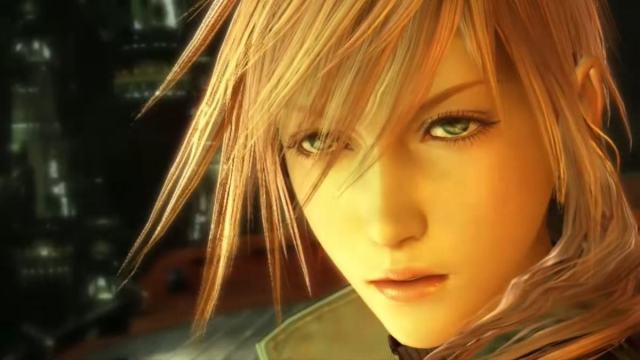
Release date: Dec. 17, 2009
FFXIII may be gorgeous, but it sure is messy. The characters are memorable for all the wrong reasons and jumping from cutscene to cutscene creates a nonsensical narrative. The cast’s lack of dimension makes them one-note, missing crucial depth we need to align ourselves to them. Its best moments come from its entertaining combat, which (although predictable) carries the game, but even its battle system has incredibly mixed reviews.
The soundtrack is far from what made the franchise special, as it instead offers poppy music that’s missing emotion or impact (although it has the occasional banger). Its sheer number of cutscenes pushes it away from being a classic RPG and offers little opportunity to explore and discover secrets, making FFXIII one of the weakest entries in the franchise.
14) Final Fantasy II
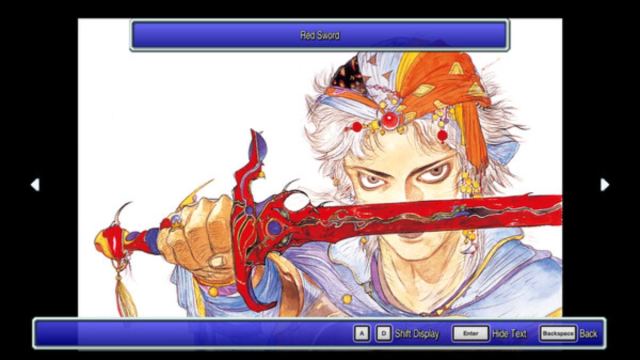
Release date: Dec. 17, 1988
Final Fantasy II removes that pixelated look of the first game and switches to a sharper palette that looks unnatural. Unlike its predecessor, Final Fantasy II throws you into dungeon after dungeon, making it more of a dungeon crawling type of game that feels repetitive and limited. Using the standard turn-based combat as its core gameplay, its downside comes for its poorly executed leveling system that’s simple in design.
The more you execute an action in battle, the better your character will get at using it, thus increasing your overall impact during combat. This restricted system removes Final Fantasy‘s high standard of leveling and experimentation. There is a more elaborate story in this entry, but it still feels like an ordinary hero’s tale, making it weaker than most on the list. However, its harder difficulty gives you a challenge to rise to and a reason to see the game through.
13) Final Fantasy XVI
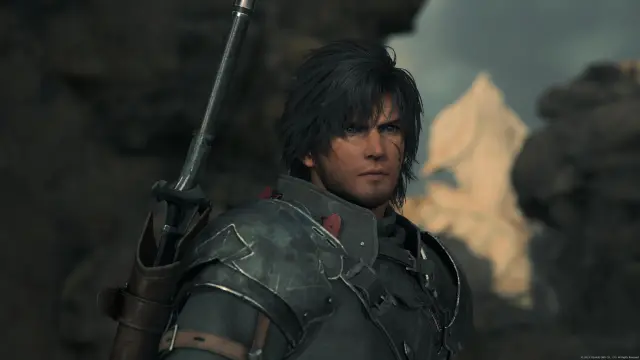
Release date: June 22, 2023
It uses a similar system to Materia, but this entry is far from where the franchise started as a traditional JRPG. Playing as one character, it feels a step away from what made Final Fantasy so beloved with its lack of party members and memorable characters. Instead, FFXVI is a spectacle and one that demands your attention for its mature take on the world of Final Fantasy. It falls short in its exploration and questlines, making it a more repetitive experience than other entries. Focused more on perfecting combat, FFXVI is far from the customizable and experimental JRPG that we’re used to playing.
12) Final Fantasy XIV: A Realm Reborn

Release date: Aug. 27, 2013
FFXIV has a ton of customization and experimentation in its class system, improving its replayability and giving you a reason to revisit this MMO. A Realm Reborn has a stronger narrative than XI, making it feel like an accurate multiplayer version for Final Fantasy. XIV is more complex than XI, and therefore isn’t as beginner friendly as its MMO predecessor. It’s rich and full of life, as it continuously links back to Final Fantasy‘s beloved lore. Its main downsides comes from its repetitive questlines and subscription fee that can deter the fanbase, but for those happy to pay for Rebirth‘s multiple parts, XIV‘s pricing shouldn’t scare you away.
11) Final Fantasy XII
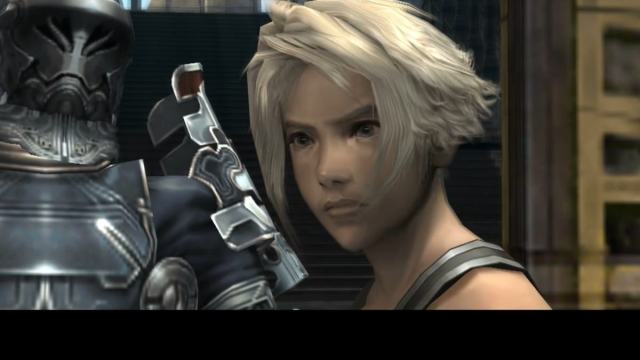
Release date: Mar. 16, 2006
The misunderstood teenager of the franchise, FFXII has one of the best world-building entries in the series. Its setting is believable and rich, fully immersing you into the fantasy. But its drawback comes from its one-dimensional character, having one of the most boring protagonists in the franchise, carried the entire way by his companions.
The complex battle system combines free-roam fighting with the classic ATB system and introduces the Gambit, making for a jarring experience to longstanding fans of the franchise. Exploration is done primarily through walking from point A to B, feeling repetitive and tedious as so much time is spent moving through a setting in hopes of reaching content as quickly as possible.
10) Final Fantasy XI: Online
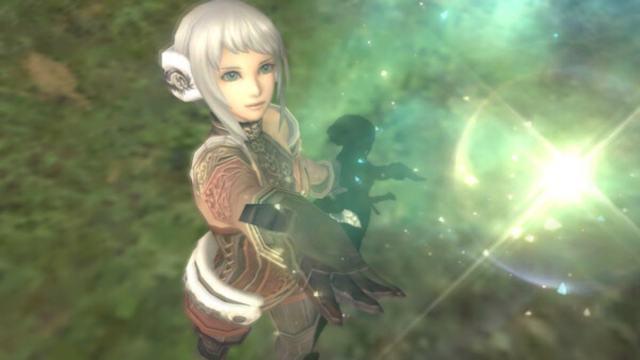
Release date: May 16, 2002
Temporarily leaving the classic single-player JRPG behind, FFXI jumps into MMO territory. What is naturally missing from this entry is its lack of good storytelling and having a relatable party to align to and fall back on. The job system is implemented excellently in FFXI, giving it room to breathe and shine. Its focus shift makes it weaker than other entries as it puts a spotlight on its combat and open world exploration. However, its slower pacing offers an enjoyable and calming experience and acts as a good starting point for those getting into the franchise.
9) Final Fantasy VIII
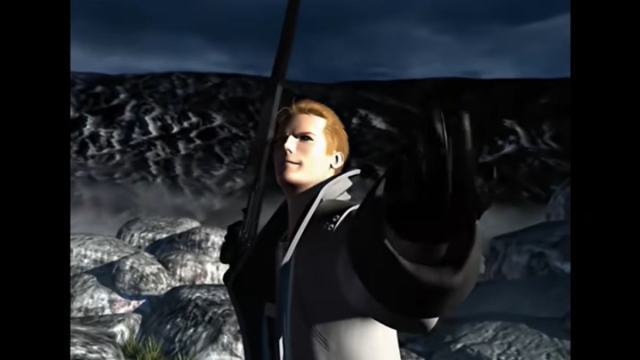
Release date: Feb. 11, 1999
Final Fantasy VIII is one of those games best enjoyed as an adult due to the complexity of its characters and bizarre storylines. Their development is greater than that of the earliest entries in the franchise, giving its party members a necessary depth that only strengthens the game’s narrative. However, the convoluted Junction system and long-winded tutorial process lowers the enjoyment in the first half of FFVIII, thus weakening it overall as an RPG.
FFVIII‘s Junction system drastically changes the combat, making it difficult to grow accustomed to if you’re already a fan of the franchise. However, going into Final Fantasy VIII blind offers a unique experience with a very different art direction and story that twists and turns in unexpected ways, creating a highly memorable RPG for its weirdness alone.
8) Final Fantasy

Release date: Dec. 18, 1987
Final Fantasy‘s roots are turn-based medieval adventures. The original game acts similarly to Pokémon, giving you the freedom to explore and take your chances out in the wilderness where enemies lie in wait for your arrival. Seen from a birds-eye perspective, you don’t know what you’re heading into until the battle starts as your screen shifts to combat. Final Fantasy brings it back to the basics because that’s what it is. There’s nothing fancy about it, nor any gimmicks to make you come back for seconds. Instead, it focuses on perfecting turn-based combat while immersing you in its world with a customizable party.
As turn-based combat remains a crucial part of many RPGs to this day, it means games like the original Final Fantasy cannot go out of style, but it’ll likely have outdated mechanics. Similar to revisiting Silent Hill and Resident Evil (aside from relearning the tank controls), these classics hold up as retro games continue to be made and pushed to the masses, giving pixelated turn-based gameplay its time to shine once again.
7) Final Fantasy III
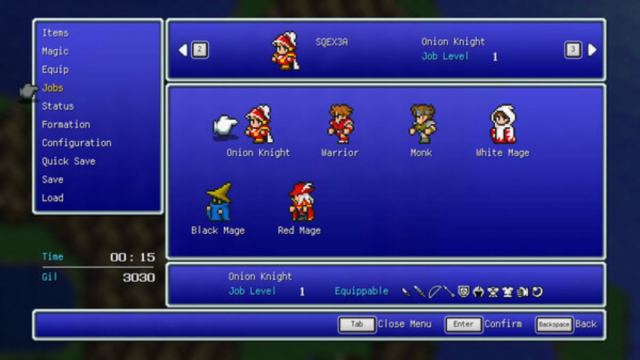
Release date: April 27, 1990
Final Fantasy III resembles the second installment with its game design and story. Following four heroes, the world around you opens for you to fully explore. It fully takes advantage of the airship mode of travel, letting you reach new and unexplored regions with ease. There is greater autonomy with this entry, making FFIII a more immersive and real experience as you’re not restricted to one particular path. Much like the second game, most of the combat takes place within dungeons, but here is where its core difference lies. Your occupation determines what weapons and abilities you can use, providing a layer of experimentation that was missing from its predecessors.
6) Final Fantasy V
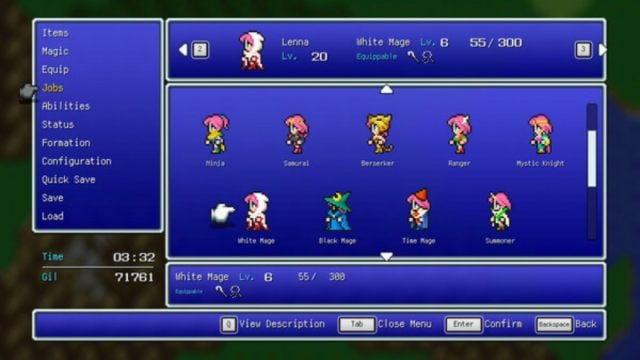
Release date: Dec. 6, 1992
Final Fantasy V takes the formula from its predecessors and throws whimsical and quirky dialogue into the mix. This strengthens its realism, making it a more believable tale as our characters are given substance outside of going through their adventure serious and unchanging. While the characters don’t have much depth, this classic JRPG takes all the elements you could possibly need to enjoy a fantastical adventure. Its combat uses the occupation system that offers experimentation with builds, increasing its overall replayability. FFV is more challenging than its predecessors, but that feels appropriate if you want to make a great JRPG.
5) Final Fantasy IV
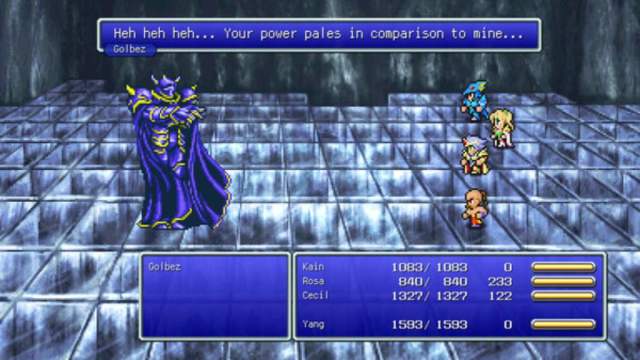
Release date: July 19, 1991
Final Fantasy IV is a unique entry for its narrative take, being a completely linear story with little exploration and minimal autonomy. There isn’t much opportunity to take a breather and look at the world surrounding you. This reduces its immersive opportunity and instead, throws you into battle after battle.
Unlike the first three games of the franchise, FFIV gives you characters to rely on and align with, offering many cutscenes that truly make you feel like you’re part of the team. This showed its strength in character development, making it a stand-out product for the 16-bit era. Its ATB system increased the stress and pressure of a fight, adding a layer of realism and strategy to each action you chose to take.
4) Final Fantasy VII
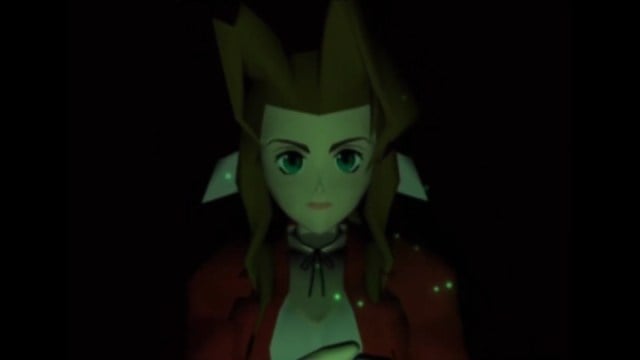
Release date: Jan. 31, 1997
The most popular Final Fantasy game, FFVII has one similarity to FFVI that puts it ahead of the other entries—its story. Unlike previous entries that had a more basic premise to describe and explain our party members, their role in the story, and the plotline to save the entire world, FFVII gives us a more relatable cast with a linear path that feels like watching a movie rather than playing a video game.
The characters are realistic with flaws that make them more human than others in the franchise, allowing us to easily align with our party members, and sympathize with those we meet along the way (regardless of how little their role may be). Its one flaw comes from its strange, almost convoluted map layout that makes me wish this title was 16-bit.
3) Final Fantasy IX
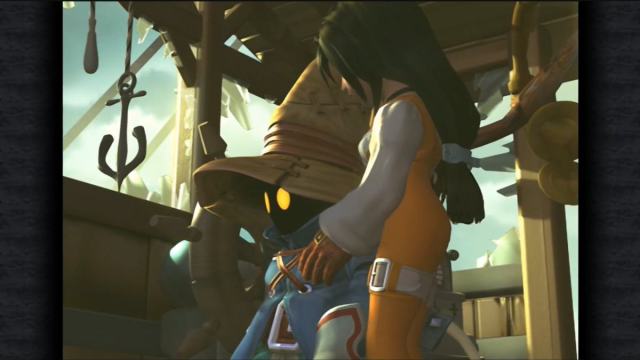
Release date: July 7, 2000
Much like FFVI and VII, the franchise’s ninth installment handles a lot of emotional and very real messages that you can take and implement in your life. IX strips everything back to basics, focusing on pure storytelling with great characters, emotional moments, an amazing soundtrack, and digestible combat that doesn’t require too much analysis.
Its narrative feels nostalgic, like a throwback to the franchise’s trilogy—its linear, more basic story lets you take every inch of the world in, and offers up exploration in return. Everyone can understand its plot, thus allowing you to witness its strong themes of war, friendship, and mortality, delivering emotional and impactful moments throughout.
2) Final Fantasy X
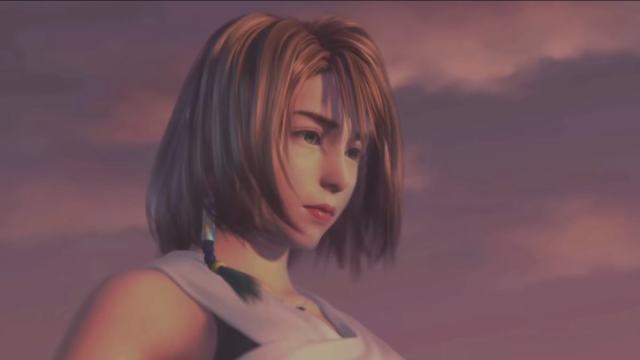
Release date: July 19, 2001
A big leap in graphics, Final Fantasy X takes everything up a notch. Much like FFVII, FFX is an immersive, unforgettable experience that stays with you long after finishing it. Although fictional, Sin is the most intimidating FF villain for its very real imagery that resembles the devastation of natural disasters and nuclear warfare, capable of destroying the lives and homes of entire cities.
Cutscenes bring the characters to life and its story offers impactful themes of war, acceptance, religion, and family. Its combat is easily one of the best in the franchise as it perfects the classic JRPG system from the original trilogy, removing unnecessary strategy like the Junction, Materia, or ATB system. This shifted its combat to classic turn-based, similar to Pokémon, making it more digestible for those just getting into the franchise.
1) Final Fantasy VI
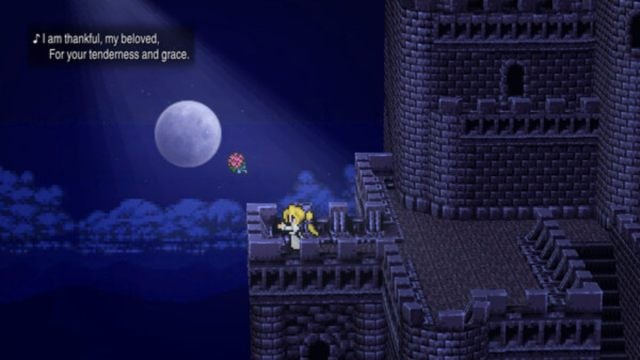
Release date: April 2, 1994
The final 16-bit JRPG from the franchise, Final Fantasy VI throws puzzles into its classic adventure telling formula while keeping a strong hold on its polished turn-based combat. What sets FFVI apart from the rest is its narrative alone, showcasing multiple plotlines from our relatable band of characters that we immediately fall in love with. Its masterfully crafted narrative is much like To the Moon (2011). No more one-dimensional knights or quirky dialogue to add depth and character. Instead we get a masterfully crafted soundtrack that breathes life into the characters on our screen, giving us hope and a reason to continue playing.
FFVI has a plethora of characters, each with their own unique personality, and an arc to match it. Accompanying the polished combat and class system, we quickly grow attached to our party members, wanting them to survive and succeed throughout the tale.


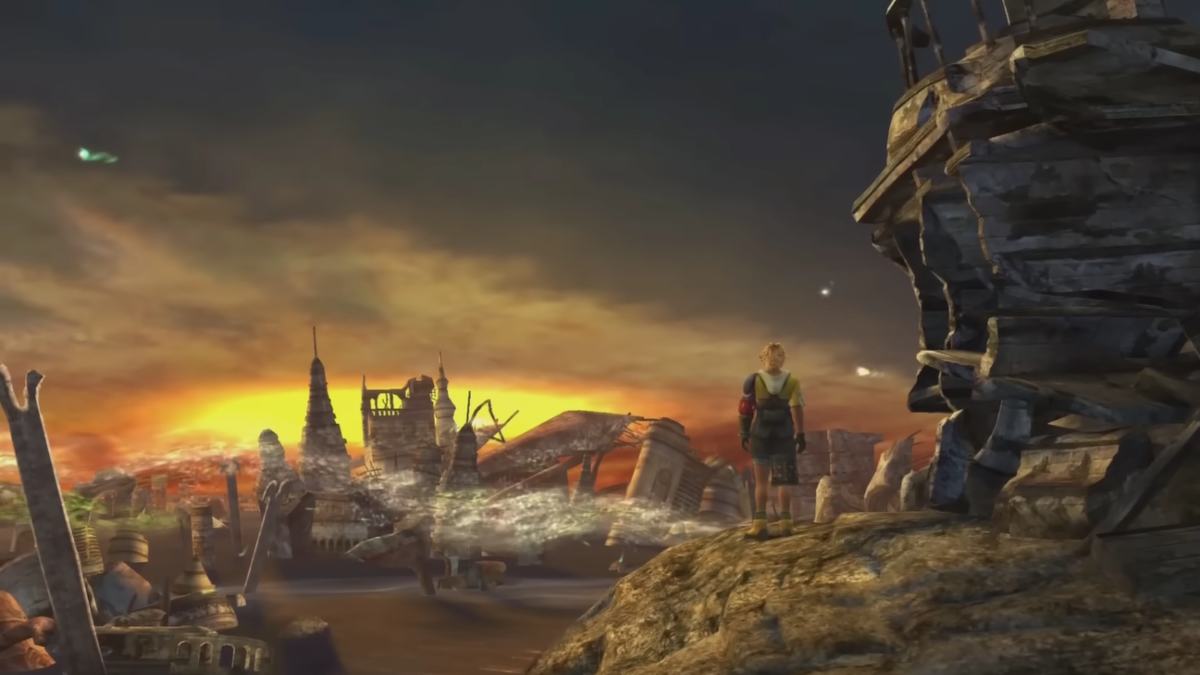
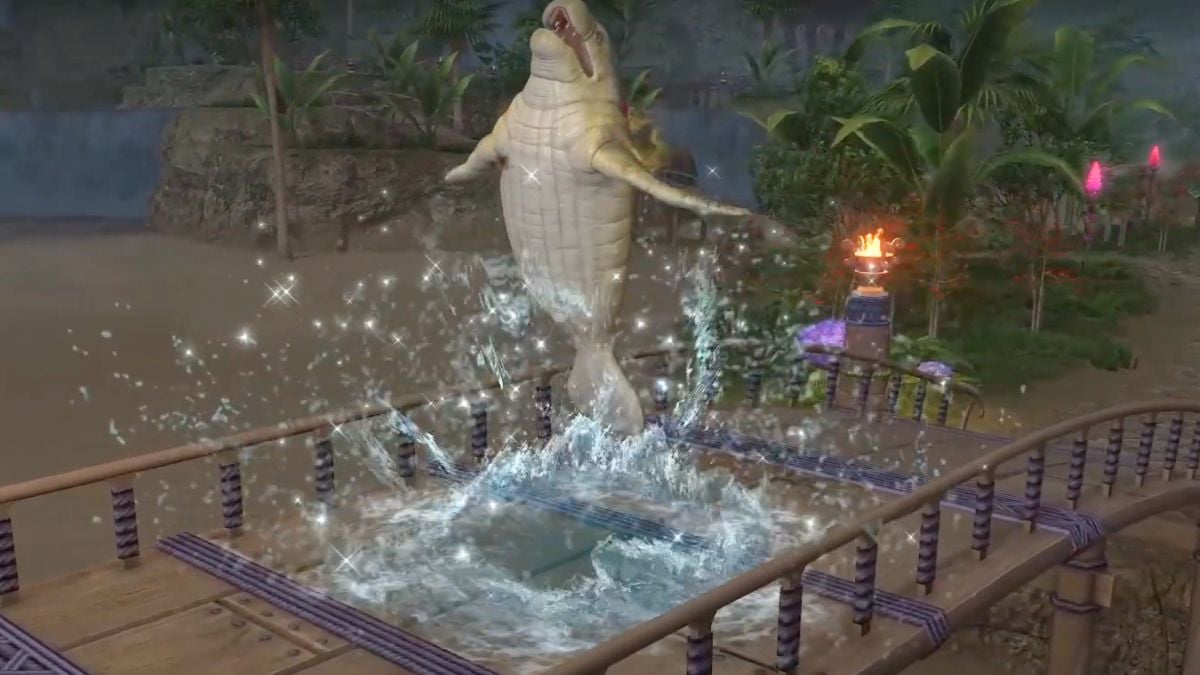
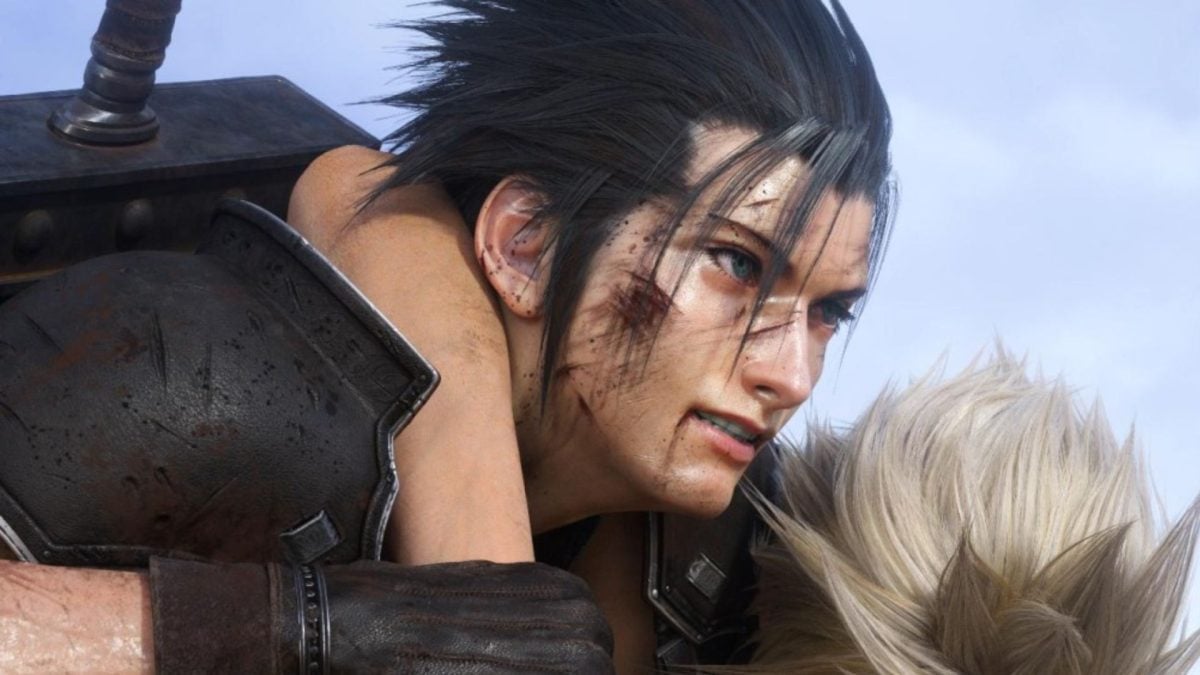
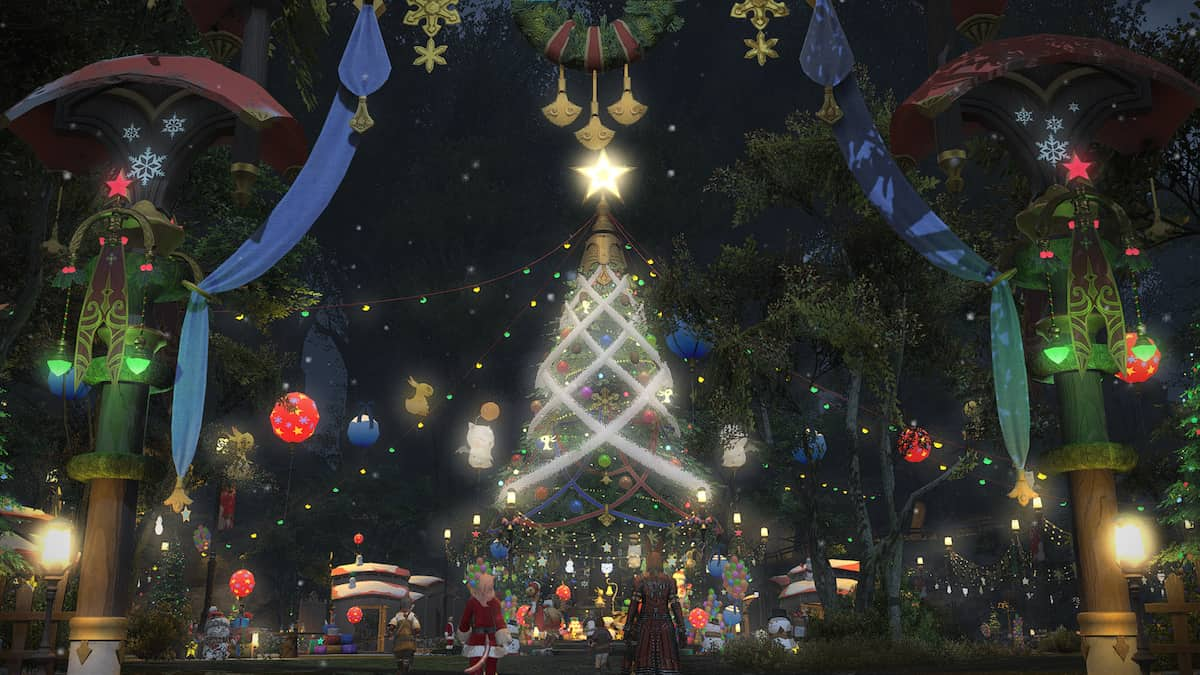
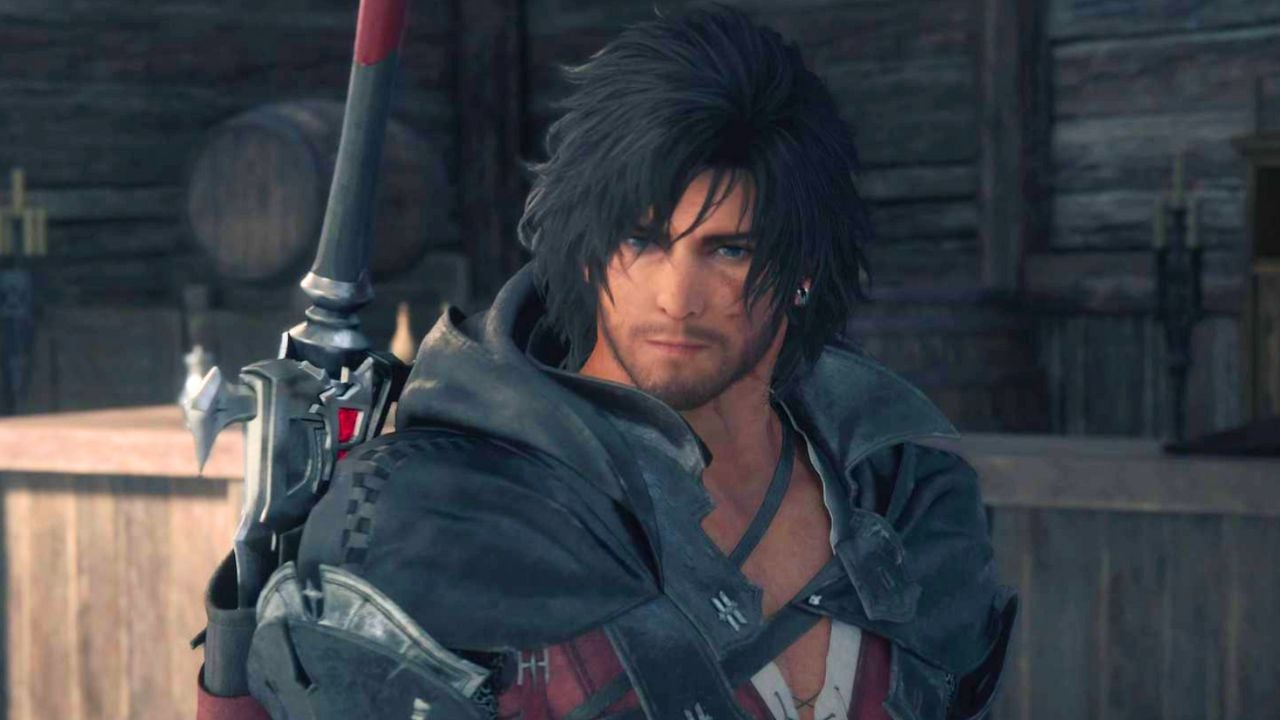
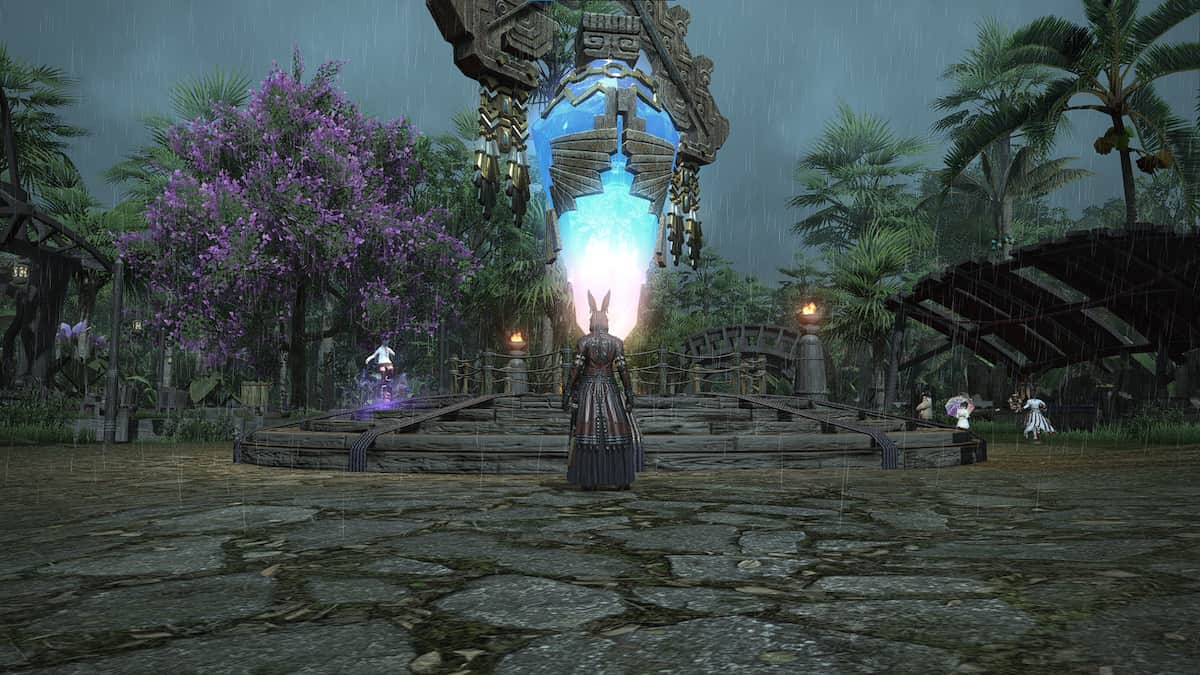
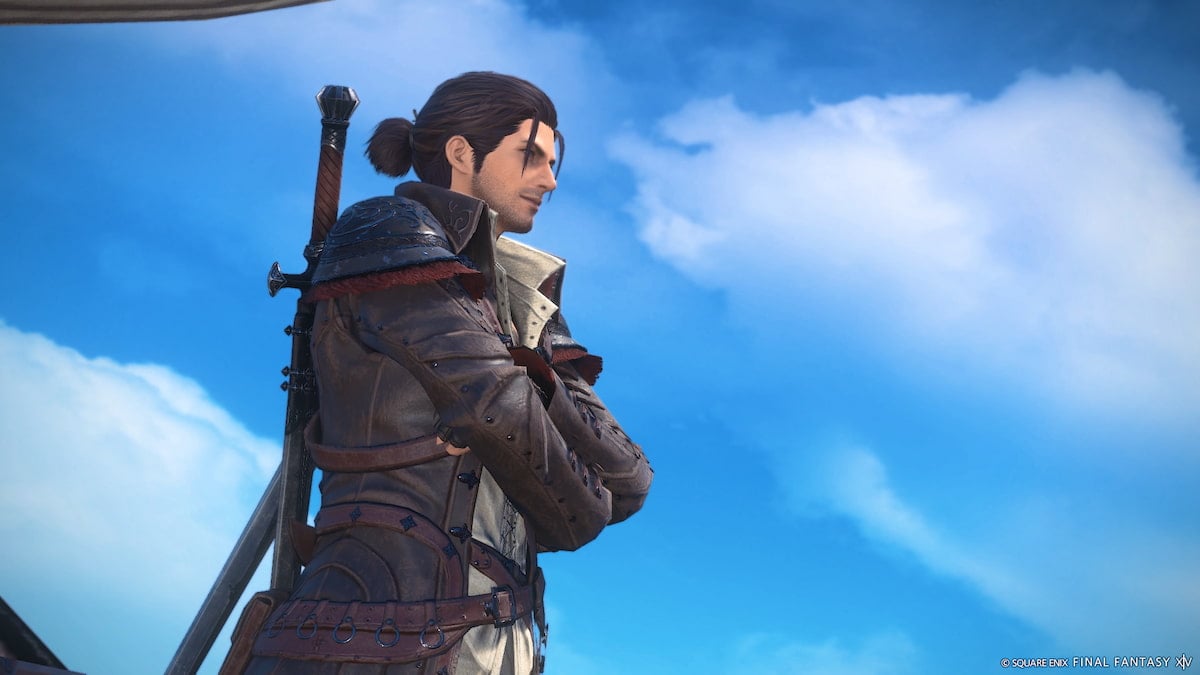
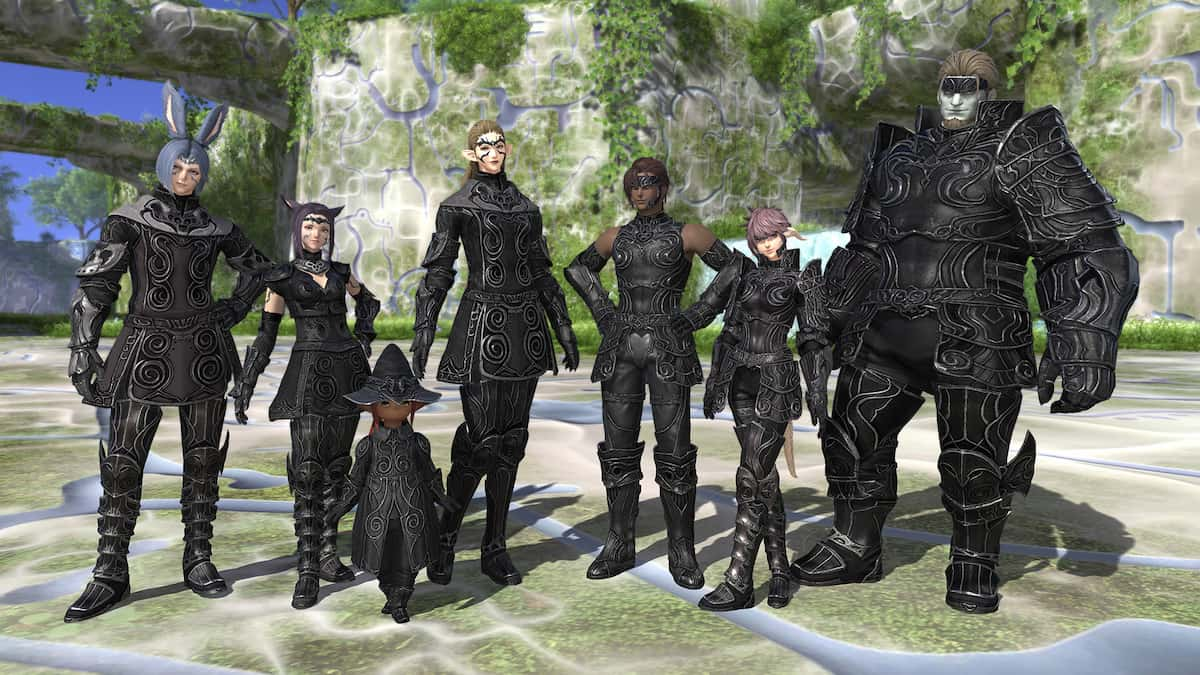
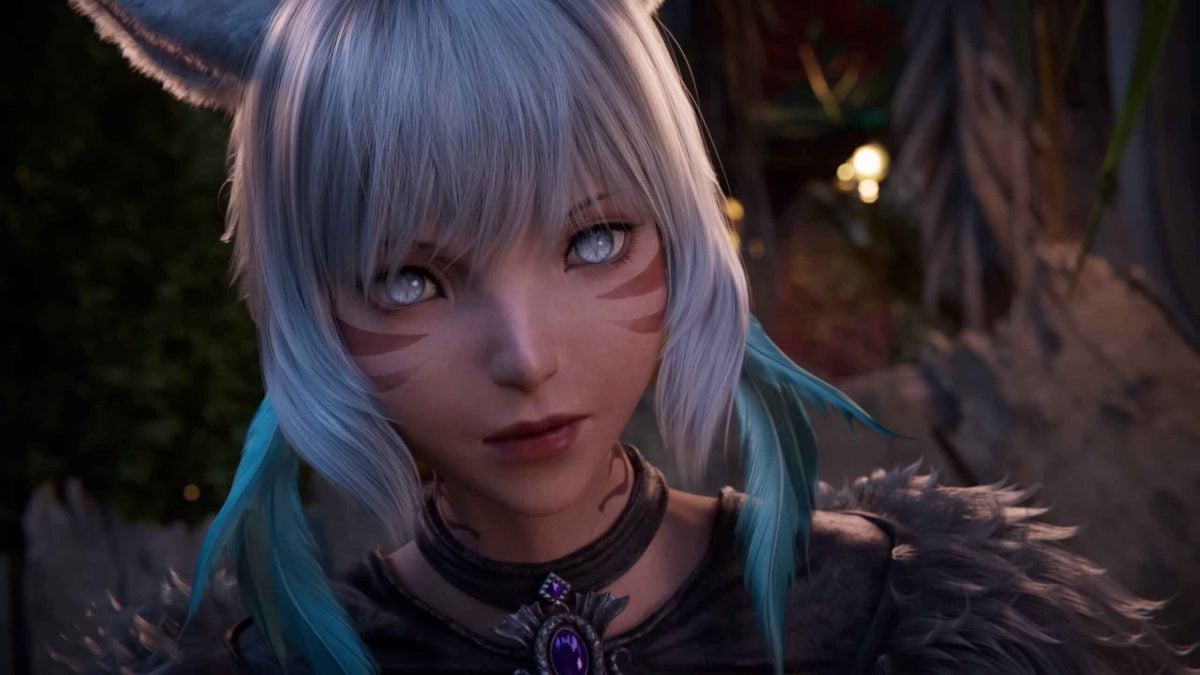
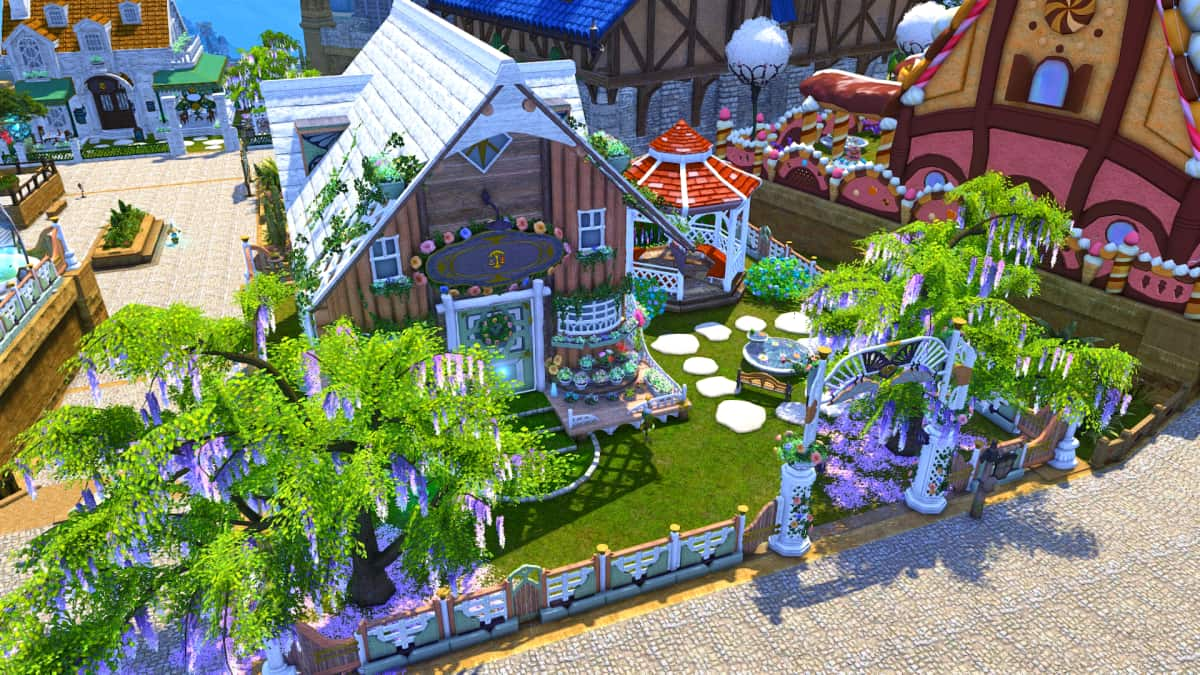

Published: Jan 23, 2025 02:18 pm